Colonial America
Life for Slaves
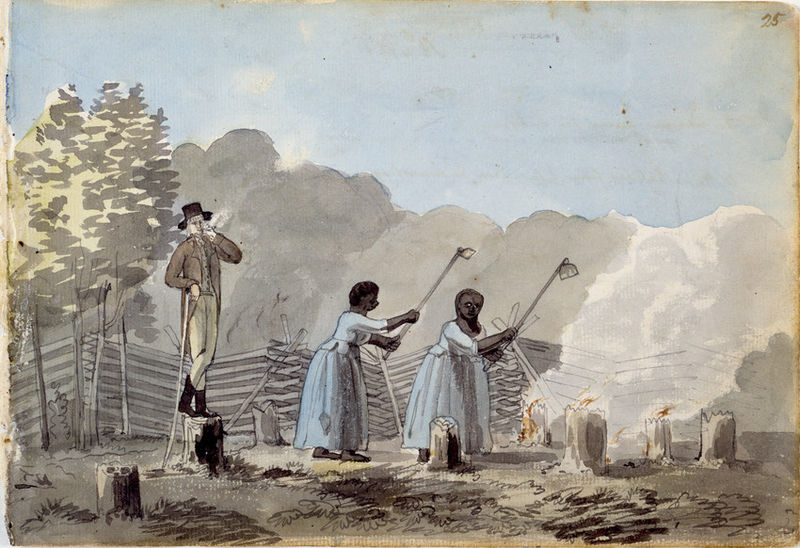
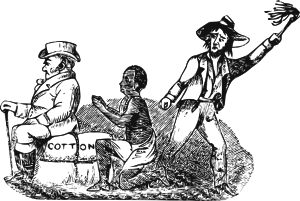
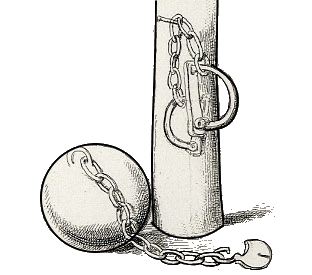
A woman slave worked long, hard days. She might work in the masters home cooking, washing clothes, sewing, cleaning the house, and many other duties. She might also work out in the fields. A woman also took care of her own kids. She may not be allowed to get married and her husband often lived far away.
Men slaves also worked long, hard days. They often worked in tobacco and rice fields. They would work from Monday to midday on Saturday. Then they would take care of their own gardens, homes, and families. If they had some chickens or vegetables to sell they might walk to town to sell them.
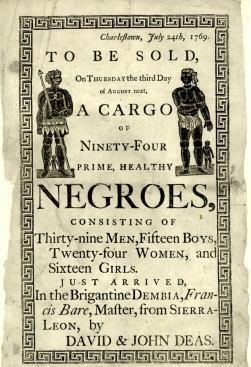
When the master decided to give a slave away or sell her or him, the slave’s family got split up. This took place often. When this happened, there was little the slave could do to keep his or her family together.
On Sundays the slaves could go to church and meet with family and friends. They got a break from the daily work.
Many plantation slaves lived in shacks. The shacks were small with dirt floors and little furniture. Some slaves worked in a master’s home. They might have better places to live and better food.
On plantations there were overseers and drivers. They were in charge of the slaves. Overseers were hired to work the slaves. Some overseers were cruel. They were paid to get the most work out of the slaves. Some overseers were mean and harsh. Slave owners also made drivers. Drivers were slaves that were assigned to be over other slaves. The other slaves often hated the drivers. The slaves felt like the drivers were also mean to them. Slaves also felt like the Overseer had turned against them.
Slaves were not allowed to do many things. They could not do business with others unless the owner gave permission. They could not carry a gun. If they did they were whipped 39 times and the gun was taken away. Slaves could not be witnesses in court cases. Owners said they were not competent or able to be witnesses in cases involving whites. Teaching slaves was not allowed. Slaves could not assemble, or gather, without a white person present.
Slave codes were passed in southern states. The codes were laws that protected owners of slaves from losing the slaves they owned.
Slaves did various things to fight back or cope with slavery. Sometimes they would run away. Some would follow the Underground Railroad to freedom. Some would run away to the Native Americans. Some slaves would work slowly. Others would cause rebellions. Some would poison their masters. They would start fires to destroy the owner’s things. They would act sick so they would not have to work. Other times they would break equipment and tools. They did form communities amongst their people and would keep up African traditions. They would also use songs to ease their frustrations.
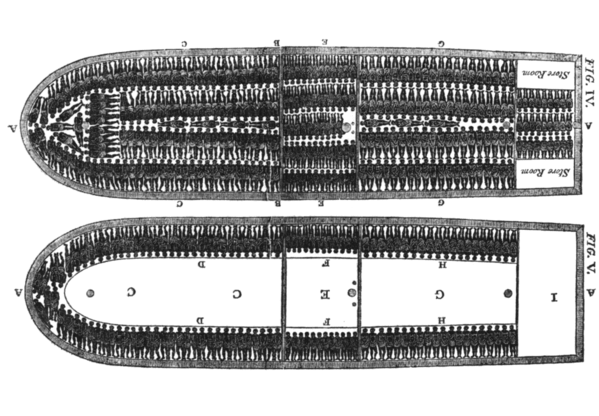
When the Civil War started, African Americans would try to run away to the Union armies. They felt like they would be safe and protected with the northern troops. As the war went on more and more of them tried this. Run-away slaves began to arrive at the Union camps by the wagon load.
Most of the slaves that were bought and sold in this country were from West Africa. Slave traders would get them from Africa and ship them over here. The trip was terrible. The way they had to live was hard to imagine. They would be chained together close, on the hard floor, for three weeks or more. The traders packed them into the ships tightly. They were often so tight they had little room to move. Often half of the slaves would die on the way over. Those that died would just be thrown overboard.

Reading resources
© Reading-SocialStudiesSolutions
Text Credits:
Northern Colonies- Mayflower Compact, governments- http://education-portal.com/academy/lesson/13-colonies-colonial-life-economics-politics.html;
http://www.ushistory.org/us/3b.as; The Writer’s Guide to Everyday Life in Colonial America by Dale Taylor, p. 40, Rhode Island p. 49;
Middle Colonies- New Jersey government- The Writer’s Guide to Everyday Life in Colonial America by Dale Taylor, p. 55; Pennsylvania colony (Freedoms);
The Extraordinary Suzy Wright: A Colonial Woman on the Frontier by Teri Kanefield, p. 9;
http://www.socialstudiesforkids.com/subjects/colonialtimes.htm;
Farmers- The Farmer by Wil Mara;
My Dearest Friend: Letters of Abigail and John Adams by Margaret A. Hogan and C. James Taylor; Abigail struggles with illness - her, her family, and the communities. (September 1775, pp. 74 and 75.)
Women- The Extraordinary Suzy Wright: A Colonial Woman on the Frontier by Teri Kanefield, p. 14 (rights);
http://www.history.org/almanack/life/trades/traderural.cfm;
http://www.history.org/almanack/life/trades/traderural2.cfm;
http://www.ushistory.org/us/5e.asp;
http://www.usahistory.info/colonial/customs.html;
http://www.history.org/History/teaching/dayInTheLife/webactivities/dress/dress.cfm (Colonial dress);
Two Sets of clothes- The Writer’s Guide to Everyday Life in Colonial America by Dale Taylor pp. 254)
http://www.williamsburgkids.com/people/;
http://www.youtube.com/watch?v=ZeCXLiwWqKw (Making linen from flax);
http://www.ushistory.org/us/5a.asp;
http://www.ushistory.org/us/5b.asp;
http://www.ushistory.org/us/6b.asp (Middle Passage- Tight packing of slaves;
http://www.history.org/kids/visitUs/colonialPeople/slave.cfm;
http://www.ushistory.org/us/1a.asp;
http://www.pbs.org/ktca/liberty/perspectives_daily.html#;
http://www.foodtimeline.org/foodcolonial.html;
www2.census.gov/prod2/decennial/documents/00165897ch01.pdf- Population statistics;
http://www.bbc.co.uk/history/historic_figures/equiano_olaudah.shtml by Olaudah Equiano;
A Slave No More by David W. Blight;
Living conditions- http://www.ushistory.org/us/27b.asp;
Slavery fighting back- California State History–Social Science Framework, Adopted by the State Board of Education on July 14, 2016
Image Credits:
Slave-Solomon-Northrup-300px by J4p4n- Openclipart.org;
Slave Auction Ad- Wikimedia Commons;
Slave ship diagram through Lilly Library at Indiana University 416px- Wikimedia Commons;
Slavery by J4p4n- Openclipart.org;
Slavery-shackles-House That Jeff Built cartoon 2 by David Claypoole Johnston- Wikimedia Commons;
Slave ship diagram through Lilly Library at Indiana University 416px- Wikimedia Commons;
Overseer and Driver- Doing his Duty 1798 by Benjamin Henry Latrobe through blog.encyclopediavirginia.org- Wikimedia Commons
Text Readability:
ATOS- 5.1
Flesch-Kincaid Level- 5.51
SMOG- 8.26
Notes:





